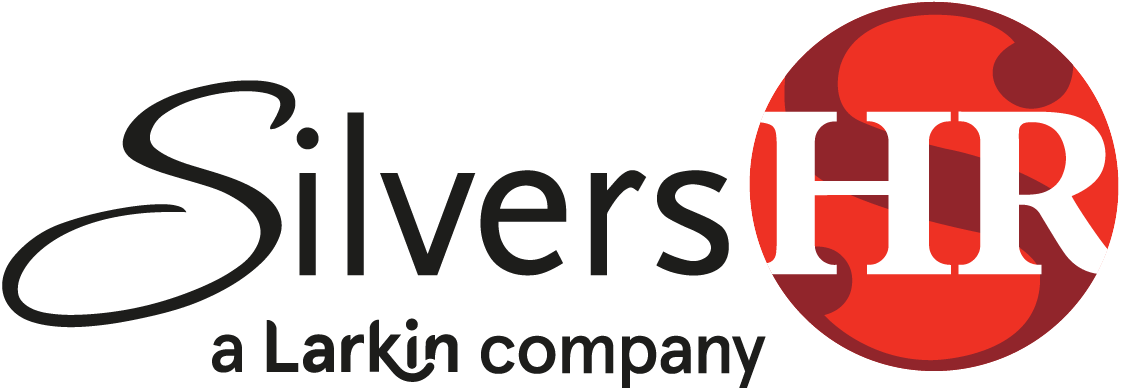By Jennifer L. Lippi
The P3 Initiative: What you should know
In 2010, the U.S. Department of Labor (“DOL”) announced a new regulatory strategy called “Plan, Prevent and Protect” (which has been dubbed the P3 Initiative). According to the DOL, the goal of the new enforcement strategy is to require employers to “find and fix” violations before a Labor Department investigator arrives at the workplace. The DOL states that many employers have a “culture of compliance,” while others make a calculated decision whether to comply with employment laws. The P3 Initiative is intended to combat this “catch me if you can” attitude. The P3 Initiative puts the burden on the employer to obey the law, not on the DOL to catch the violation. Employers will need to take specific concrete steps to prevent violations before they occur, and failure to take such steps could itself constitute a violation.
Although the final regulations on the P3 Initiative have yet to be published, we want you to have a heads up on what’s coming. More to follow as the DOL publishes its final directives for employers.
The initiative covers employers that fall under the purview of the Occupational Safety and Health Administration (“OSHA”), the Wage and Hour Division (“WHD”), the Mine Safety and Health Administration (“MSHA”), the Employee Benefits Security Administration (“EBSA”), and the Office of Federal Contract Compliance Programs (“OFCCP”).
According to the DOL’s Regulatory Narrative, the P3 Initiative will require all regulated entities to take three steps to ensure safe and secure workplaces and compliance with the law:
- Plan: This requires employers to develop written plans for identifying and fixing workplace violations. A key component is that the plans are available to workers so they can fully understand them and help monitor implementation.
- Prevent: This requires employers to implement the plans and create processes and procedures to prevent legal violations. This is meant to be an active and not passive step in the process.
- Protect: Test all processes regularly with designated compliance employees to ensure they are working. This requires employers to verify regularly that the plan’s objectives are being met.
It is expected that the finer details of the P3 Initiative will be announced sometime in 2014. Therefore, it is currently not clear how to achieve full compliance with the P3 Initiative. The best response to P3 Initiative would be to put together a proactive plan or audit designed to avoid violations of workplace laws. This may include:
- A base-line compliance audit.
- Remedial efforts to bring the company into full compliance.
- Compliance officers dedicated to ensuring compliance.
- Ongoing compliance education and training.
- Compliance plan design and implementation.
- Annual compliance assurance audits.
- Compliance reporting systems.
Specifically, with respect to workplace safety (OSHA), the P3 Initiative will obligate an employer to “provide their employees with opportunity to participate in the development and implementation of an injury and illness prevention program, including a systematic process to proactively and continuously address workplace safety and health hazards.” Many of these obligations are already imposed by CalOSHA, however, this may obligate employers to:
- Audit safety and health information and records.
- Develop procedures for inspecting the workplace for hazards.
- Develop written plans (perhaps in conjunction with workers) to improve safety.
- Disclose the plans to workers so they can monitor compliance.
- Continually evaluate the success of those plans.
- Create an Injury and Illness Prevention Program.
Specifically, with respect to federal wage and hour laws, the P3 Initiative may obligate employers to:
- Analyze and document each job position classified as “exempt” or as an “independent contractor,” in collaboration with the individual workers holding those jobs.
- Disclose the analysis to individual workers.
- Retain the analysis to provide to the DOL’s Wage and Hour Division.
- Conduct management training sessions to ensure that managers understand the differences between exempt employees, non-exempt employees, and independent contractors.
In summary, as a result of the P3 Initiative, employers will need to change their approach to compliance to ensure it is much more proactive. Stay tuned for finer details. In the mean time, it would be prudent for employers to analyze to what extent their existing policies and procedures are actually being implemented in the workplace. Finally, as a part of “implementation” efforts, it would be wise for employers to conduct regular, comprehensive trainings on federal wage and hour, safety and anti-discrimination laws.
The DOL’s Regulatory Narrative on the P3 Initiative can be found at https://www.dol.gov/regulations/2010RegNarrative.htm
Of course, this is not to be considered legal advice. Just a “quick and dirty” update for laypersons.
